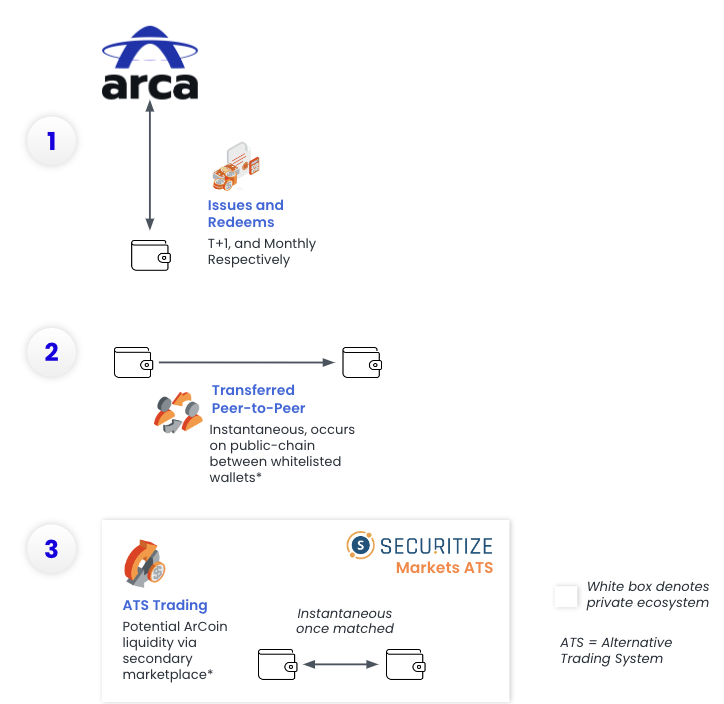Research Summary
The report delves into the burgeoning Liquid Restaking Token (LRT) market, focusing on the competitive landscape, key players, and potential future trends. It highlights the role of LRTs in Ethereum’s transition to Proof of Stake, the potential risks involved, and the strategies adopted by various LRT protocols. The report also provides insights into the author’s personal strategies for navigating the LRT market.
Key Takeaways
Emergence and Potential of LRTs
- Evolution of Ethereum Staking: The report highlights the foresight of Rocket Pool, which began preparations for Ethereum staking in 2017. However, Lido emerged as a dominant player with a 70% market share in liquid ETH, despite announcing its service only a month before Ethereum’s PoS launch in 2020.
- High-Stakes Competition: The LRT wars represent a high-stakes competition in the rapidly growing crypto sector. The author expresses a bullish stance on LRTs, highlighting their potential to revolutionize the ETH staking landscape with innovative technology, lucrative yield opportunities, and compelling narratives.
Current LRT Market Landscape
- Leading LRT Protocols: EtherFi, Puffer, Renzo, KelpDAO, and Eigenpie are among the top 5 LRT protocols by TVL, each offering unique bonuses and referral incentives to attract users. EtherFi leads with a 39% market share, while Puffer has quickly secured the second position with a 22% market share.
- Intense Competition: The competition among LRT protocols is intense, with first movers having an advantage in attracting ETH. However, Puffer’s success demonstrates that late entrants can still thrive, especially with aggressive points strategies.
Future Trends and Strategies
- Vampire Attacks: A potential future trend is “vampire attacks,” where new protocols may offer significant bonuses to lure users from existing LRTs. EtherFi is countering with a deVamp campaign, encouraging users to switch from native restaking on Eigenlayer to EtherFi.
- Integration into DeFi Platforms: The integration of LRTs into existing DeFi platforms is crucial. eETH, rsETH, and ezETH have already been integrated into Pendle, offering yield tokens (YT) and principal tokens (PT) with up to 41% APY on ezETH.
Risks and Precautions
- Hacking Risks: The author warns readers that engaging with these protocols carries hacking risks, which could lead to financial losses. The DeFi ecosystem’s stability and individual ETH holdings are at significant risk due to the potential for depegging, smart contract vulnerabilities, and hacking incidents.
- Commission Fees: LRT protocols may charge up to a 10% commission fee, which could be a substantial revenue source for DAOs and increase the valuation of their native tokens.
Actionable Insights
- Explore LRT Protocols: Given the potential of LRTs to revolutionize the ETH staking landscape, it may be beneficial to explore different LRT protocols, their unique offerings, and their market positions.
- Stay Vigilant for Market Innovations: The LRT market is rapidly evolving, with new protocols and strategies emerging regularly. Staying updated on these developments can help in making informed decisions.
- Practice Risk Management: Given the potential risks involved in engaging with LRT protocols, it is crucial to practice risk management. This could involve testing LRT protocols with small ETH deposits, assessing market dynamics, and maintaining a conservative approach to farming ETH.
- Consider Governance Tokens: The author’s token strategy focuses on LRT governance tokens with sustainable “ponzitokenomics,” staking yields, real yield rewards, and voting power over AVSes, while maintaining a low inflation rate. This could be a potential area to explore.












